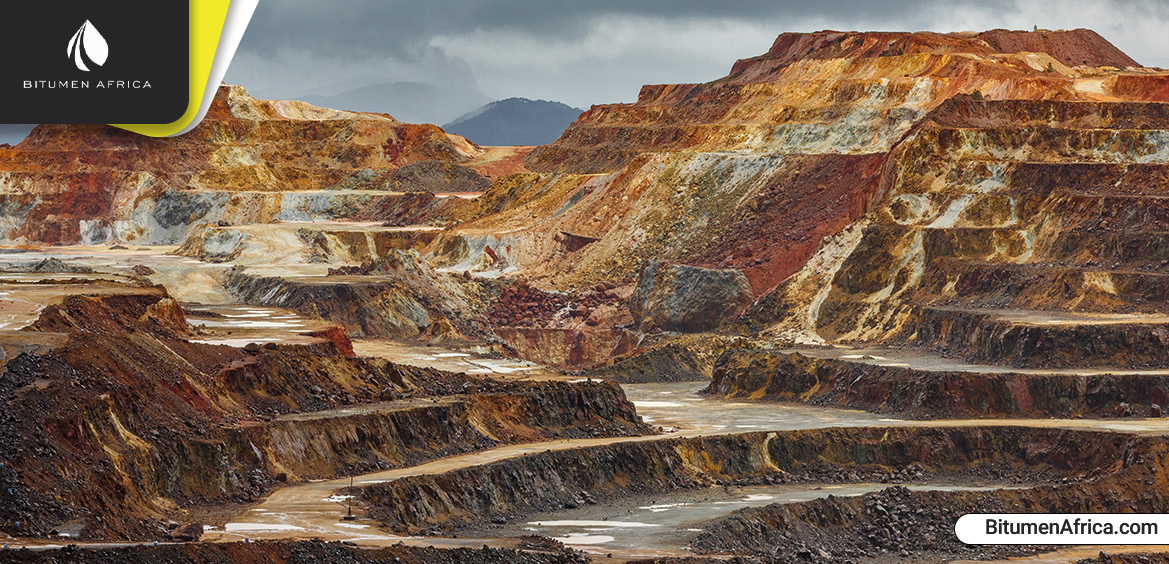The global competition for critical minerals—especially copper and cobalt—has shifted from mines to railways, with central and southern Africa emerging as the new strategic battleground. China, the United States, and Japan are now backing rival railway corridors originating in Zambia, aiming to secure faster, more reliable routes to export these vital resources to global markets. These infrastructure projects are more than just transport upgrades—they’re geopolitical chess moves that will shape the future flow of minerals.
The U.S. has committed up to $553 million to modernize the Lobito Atlantic Railway in Angola, a move designed to strengthen mineral supply chains and counter China’s growing influence in the region. Meanwhile, China is investing over $1.4 billion through its state-backed construction firm to revitalize the Tanzania-Zambia Railway (TAZARA). Japan has joined the race too, supporting the Nacala Corridor, which connects Zambia and Malawi to the Indian Ocean via Mozambique. Each corridor represents a strategic bid to lock in long-term control over mineral exports.
China currently dominates the global critical minerals market—not just in mining, but in refining and processing. Over the past three decades, it has built massive refining capacities, giving it a near-monopoly in the value-added stages of the supply chain. According to the International Energy Agency (IEA), China refines 19 of the 20 most critical minerals, holding an average market share of 70%. This dominance means that even if other countries mine the raw materials, China still controls much of their economic value.
The IEA warns that this concentration poses serious risks, including price volatility and supply disruptions. While global supply is currently stable and prices have eased since their 2021–2022 peaks, the real vulnerability lies in the fact that so few players—especially China—control the refining and export infrastructure. Western nations are scrambling to diversify their supply chains, but China continues to expand its market share, outpacing efforts to localize production elsewhere.
Ultimately, the race for critical minerals is no longer just about digging them out of the ground—it’s about who controls the roads, rails, and ports that move them. With billions being poured into African railways, the continent has become a key player in shaping the future of global resource flows. As infrastructure becomes the new currency of influence, the outcome of this race will determine not just economic advantage, but geopolitical power for decades to come.

